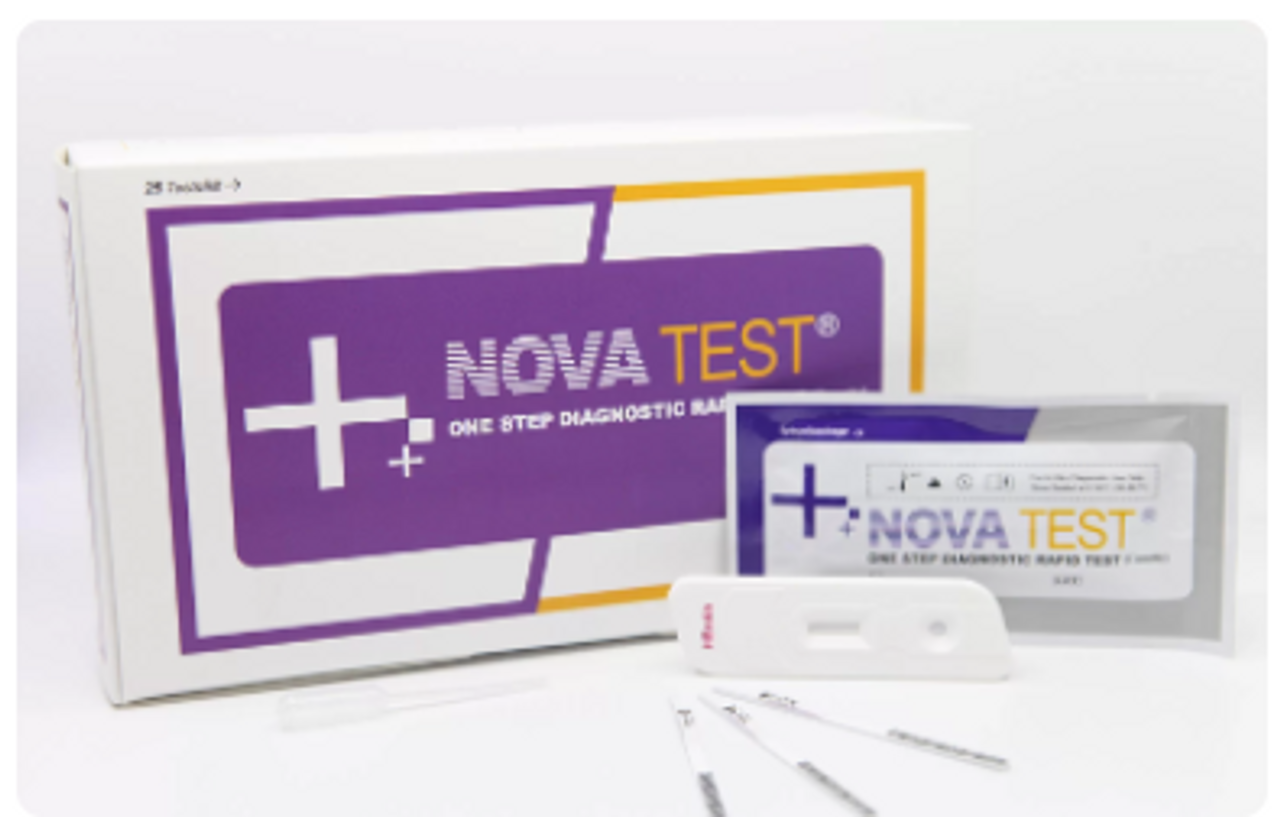Product Description
Expected use
The one-step HBeAb test is designed for in vitro diagnostic use in the rapid and qualitative detection of Hepatitis Be antibodies directly from serum. The test is designed to be used as an aid in the diagnosis of hepatitis B virus infections.
Summary and explanation
HBeAg is the extracellular form of HBcAg, so the presence of both are markers of viral replication and antibodies to these antigens are markers of a decrease in replication. HBeAb is the antibody against HBeAg. HBeAb appears the moment the e antigen disappears or 1-2 weeks later. Since the disappearance of the e antigens occurs shortly before the disappearance of the surface antigen (HbsAg), the detection of HBeAb generally means that the acute stage of hepatitis B virus (HBV) infection is over or almost over and that infectivity for others is much lower.
In a few cases, there are short periods of coexistence of the e antigen and the e antibody. The presence of HBeAb is generally considered a good sign and indicates a favorable prognosis. The One Step ANTI-HBe test is a colloidal gold-enhanced immunoassay for the determination of antibodies against hepatitis B e antigen (ANTI-HBe) in serum. The nitrocellulose membrane is immobilized with mouse ANTI-HBeAgMcAb in the test region. During the assay, the mixture of HBeAg and the serum sample is allowed to react with the colored conjugate (antibody-colloidal gold conjugate). Then, the mixture migrates on the membrane by capillary action.







